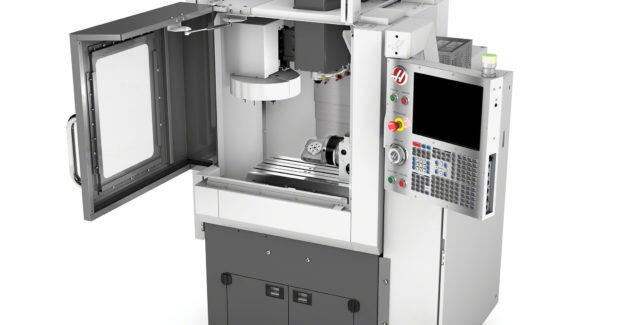Σφάλμα μορφής email
emailCannotEmpty
emailDoesExist
pwdLetterLimtTip
inconsistentPwd
pwdLetterLimtTip
inconsistentPwd

Νέα
Difference Between Swiss Lathe and Conventional Lathe
Swiss lathes go popular in precision machining in recent years and many manufacturers choose CNC Swiss-type machines in the production. What is a Swiss lathe and how does Swiss lathe work? Get into the article and make the choice of whether you should utilize a Swiss machining facility. We’ll also explore the difference between Swiss turning and conventional turning.
What is a Swiss Type Lathe?

A Swiss type lathe, also known as a Swiss automatic lathe, Swiss screw machine, or Swiss turning machine, was originally developed for the Swiss watchmaking industry. The first Swiss-type machine appeared shortly after the collet chuck was patented when is in the 1870s. Swiss type machines started to be used in lots of other industries around the 1960s and the first CNC Swiss were released in the 1970s. With the development of machines and tools, massive improvements are made to the design of Swiss lathes, gradually, they are used extensively for the production of parts in various fields. A Swiss style lathe is a type of machine that allows the part to move in the z-axis while the tools keep stationary. The bar stock is held by the collet that is recessed behind the guide bushing and will not directly be exposed to the lathe bed and the tooling, so the material can be turned within the machine rapidly and tightly, this eliminates the deflection and increases the accuracy. Compared to conventional machining, Swiss machining offers lots of benefits.
How Does a Swiss Lathe Work?
Unlike conventional lathes, Swiss turning centers have a moving headstock, in the turning operation, the workpiece is clamped onto the chuck or collet in the headstock and towards the tooling area through a guide bushing. The headstock moves along the z-axis with the bar stock with it, the bar is located radially and precisely. Turning tools are carried on the gang slide and can always contact the material very closely. The movement of the spindle and the supply of the guide bush offer continuous feeding.
Swiss Turning vs Conventional Turning - Difference Between Swiss Lathe and Conventional Lathe
- Headstock. Conventional lathes feature fixed headstocks, the bar stock is clamped in a collet or chuck which will extend to the enclosure of the machine or it will be supported on the one end with a tailstock, while Swiss lathes have movable headstocks.
- Guide bushing. In conventional turning, the workpiece is stabilized in the collet of the main spindle, which is not suitable for long parts due to the deflection of the material, while during Swiss machining, the collet that holds the material can slide along the headstock behind the guide bushing, the cutting tool can operate near the guide bushing, this configuration can prevent deflections and achieve desired tolerances, whether the piece is how long.
- Capability. Conventional lathes usually feature 3 or 4 axes and not capable of machining a turned part in a single cycle. While modern Swiss-style lathes feature 5-axis control or more axes, and can perform multiple operations in a single machining cycle.
- Cycle time. Swiss automatic lathes reduce cycle time, especially for complex components.
- Coolant. In conventional turning, water is often used as a coolant liquid, while in Swiss machining, oil is applied.
- The offset programming of the Swiss-style lathe is the opposite compared to the conventional lathe. For turning longer lengths or drilling deeper holes, Z-axis on the Swiss machine requires a “plus” offset while traditional lathes require a “minus” offset.
Conclusion
For more information about swiss cnc mill,cnc swiss screw machining services,swiss turning services, we are glad to answer for you.

